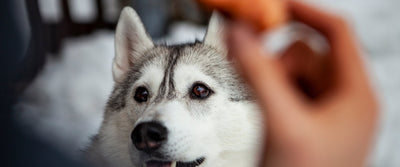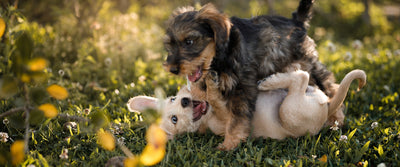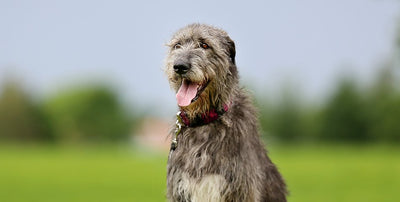Intelligent and obedient, suitable for many types of work
The German Shepherd is a medium to large-sized dog breed that first appeared in Germany. Over the years German shepherds became popular for many types of work ranging from acting to military work. German Shepherds are well suited to compete in shows, trials etc.
|
|
Germany |
|
|
Group 1 herding dogs, Section 1 sheepdogs #166 #166a (long-haired) #166b (short-haired) |
|
|
Obedient, Intelligent, Alert, Curious, Loyal, Confident, Watchful, Courageous |
|
|
Black, Black & Tan, Sable, Red & Black, Grey, Black & Silver |
|
|
Male: 30–40 kg, Female: 22–32 kg |
|
|
Male: 60–65 cm, Female: 55–60 cm |
|
|
from 9 to 13 years |
German shepherd’s puppies
The German Shepherd dogs are pack animals. They need a stern leader that will provide guidance. German Shepherd is a social animal, training him in order to socialize with other people and animals is vital. Give commands only once and be consistent in your actions. Reward good behaviours and be patient with your dog. Provide your dog with the required mental and physical stimulation to ensure healthy development. German Shepherds are genetically predisposed to canine hip dysplasia - an orthopaedic condition resulting from abnormal development of the hip joint. CHD may cause pain, inflammation and even osteoarthritis of the joint. There is a good chance of preventing the condition by limiting the amount of jumping and rough play and keeping puppies on a healthy diet. It is best to choose dry food containing glucosamine and chondroitin for this breed - Valp Maxi will be a great choice.
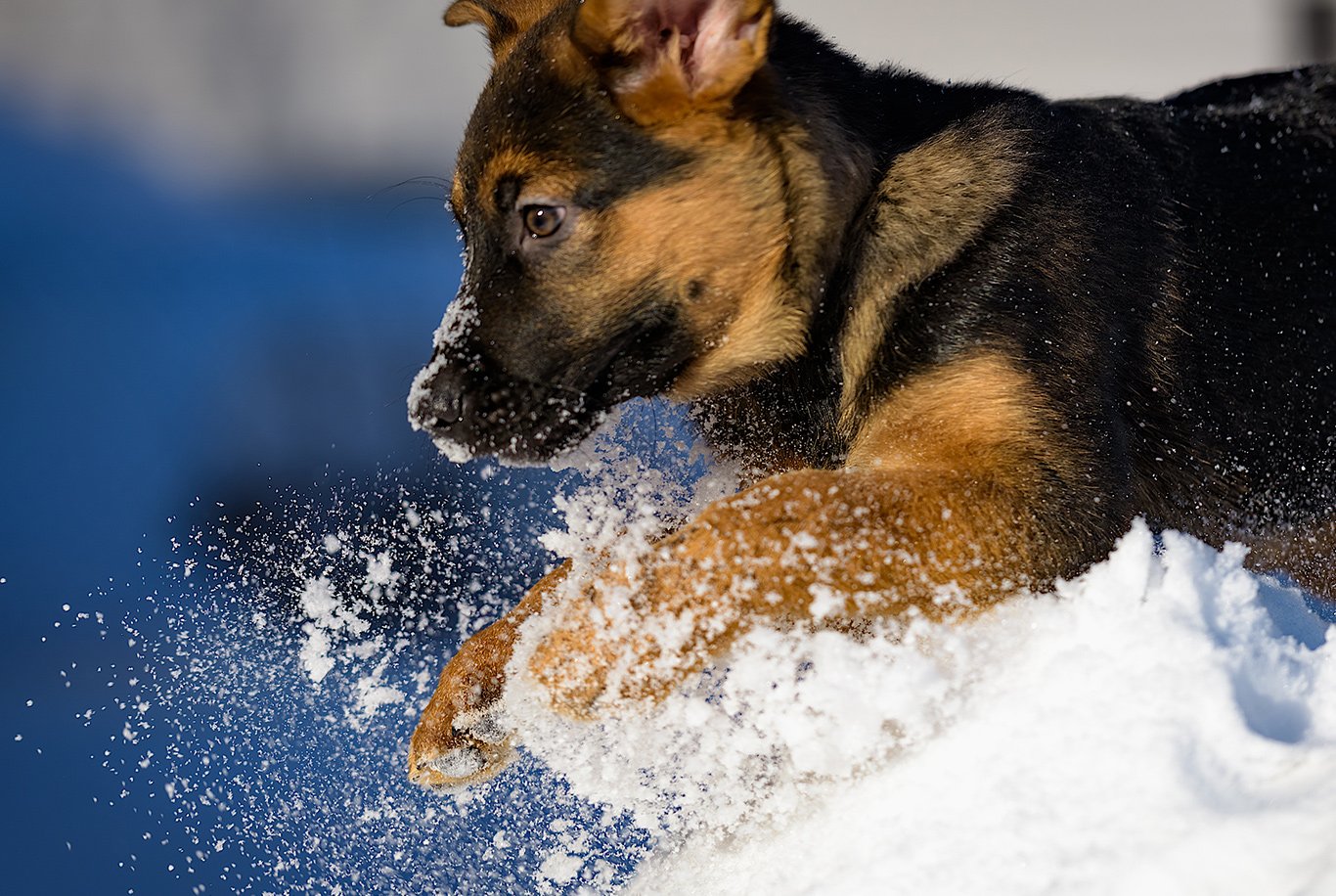
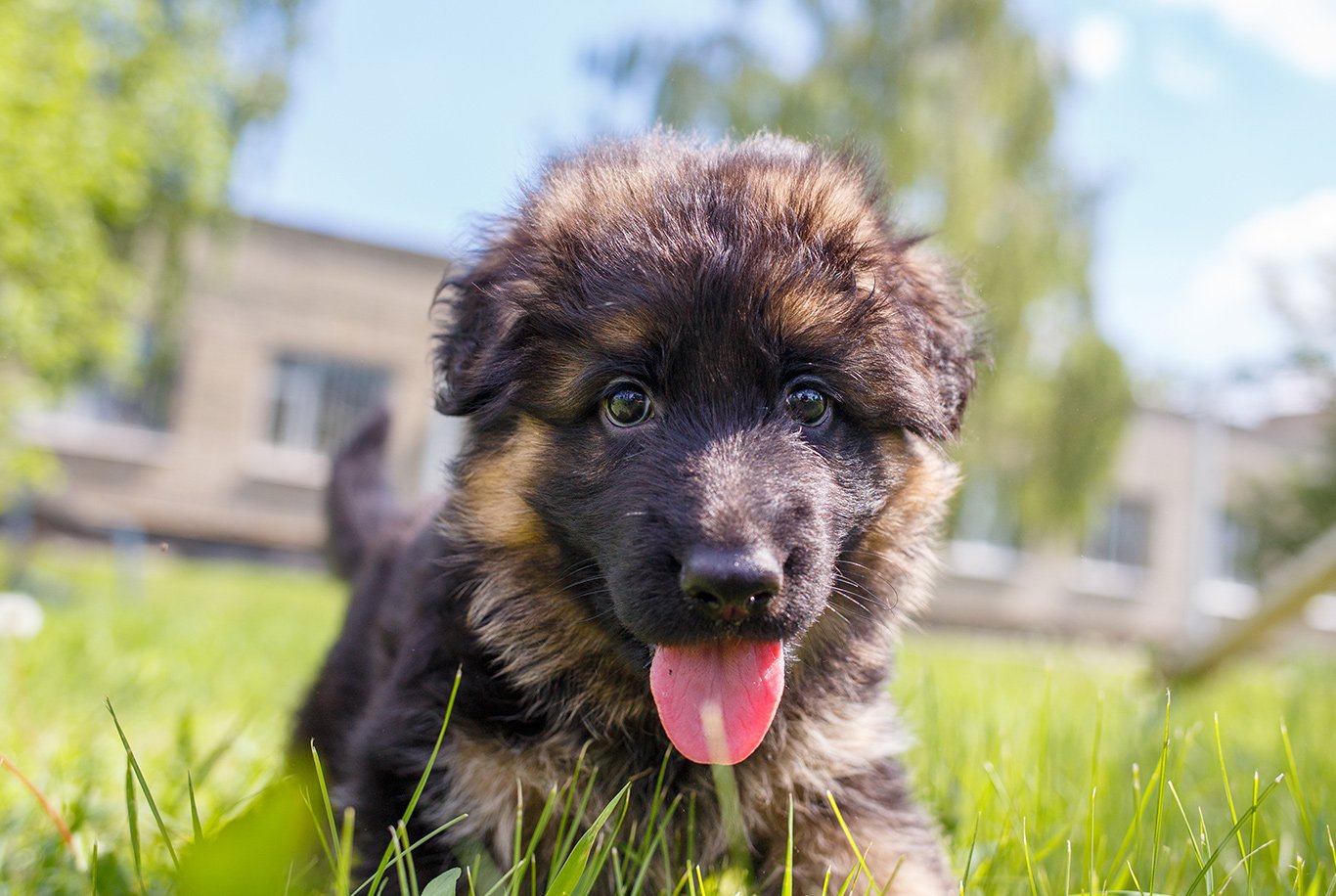
German shepherd’s nutrition
Since German Shepherds are predisposed to a variety of skeletal disorders, a well-balanced diet is essential to ensure proper growth and health of the animal. German Shepherds should be fed with a diet designed for large breeds (e.g. Optimal Giant in Husse range), but it is important to monitor energy levels on all stages of growth. Calcium and phosphorus levels have to be properly balanced since they greatly influence the skeletal system. The supplementation of omega-3 and omega-6 fatty acids can aid in decreasing the symptoms of osteoarthritis in German Shepherds. Supplements containing chondroitin and glucosamine can be beneficial in support of this breed’s skeletal conditions (Artro Plus from our range).
Detailed description of German Shepherd
German Shepherd is classified as a medium to a large-size dog. For this particular breed, the standard height at the withers is roughly 60cm. German Shepherds are strong and muscular and typically longer than they are tall. These strong and intelligent dogs can be seen working as disability assistance or take up police or military roles.
Genesis
In the early 19th century German Shepherd was developed as a herding dog for herding sheep across Germany. It is believed that a few different European types of herding dogs were used to create the modern German Shepherd in 1899. Used commonly by German soldiers, they gained popularity across Europe. After World War I ended the breed gained international recognition.
Appearance
This breed has a long muzzle, black nose and strong jaws. Ears are large, pointed and standing straight up. German Shepherd has a long neck and a bushy long tail. The fur is dense with a thick undercoat. Fur can be kept medium or long, both variants are acceptable. Usually, black and tan or black and red combinations of fur colours are seen. In most colour variations a black mask is present.
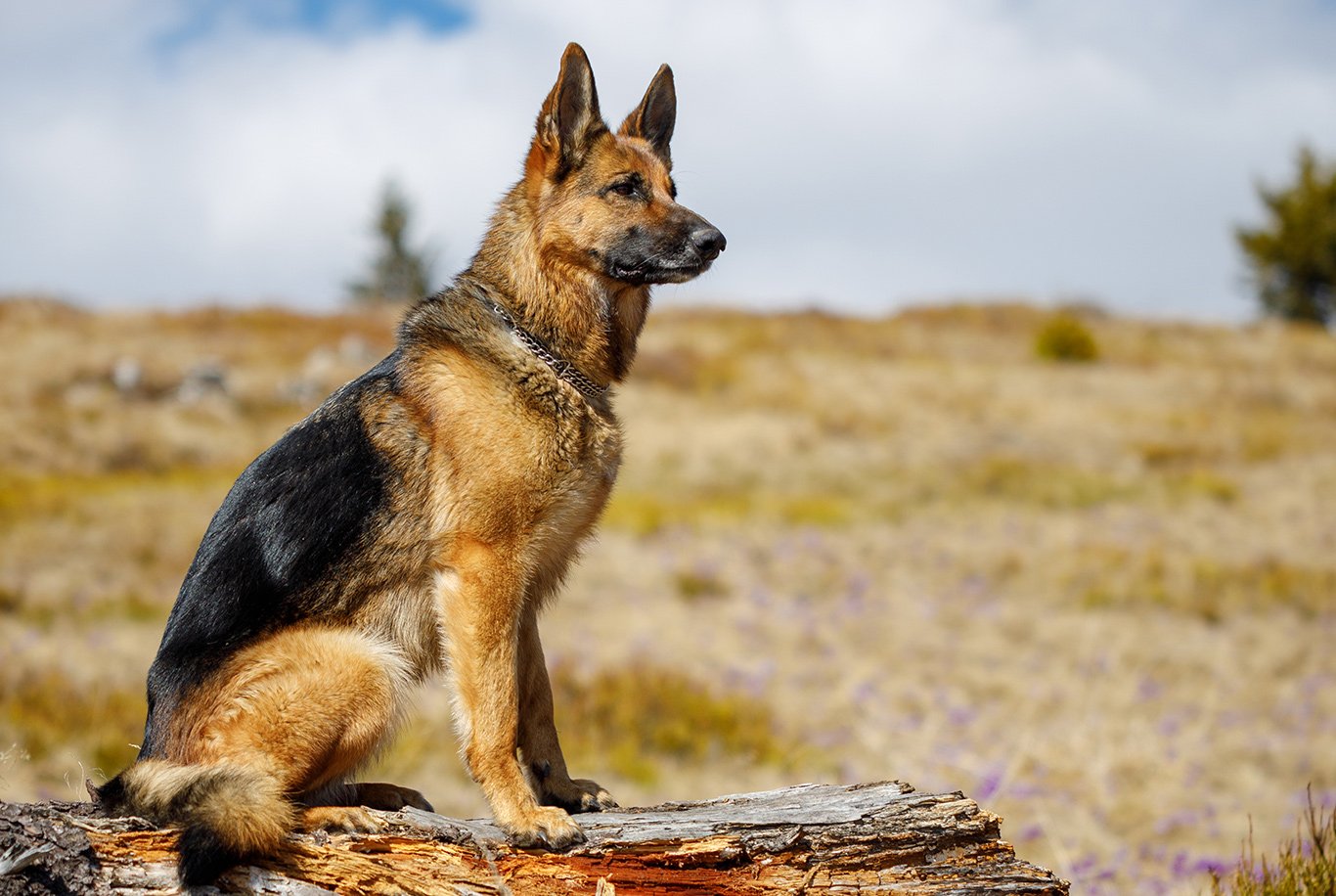
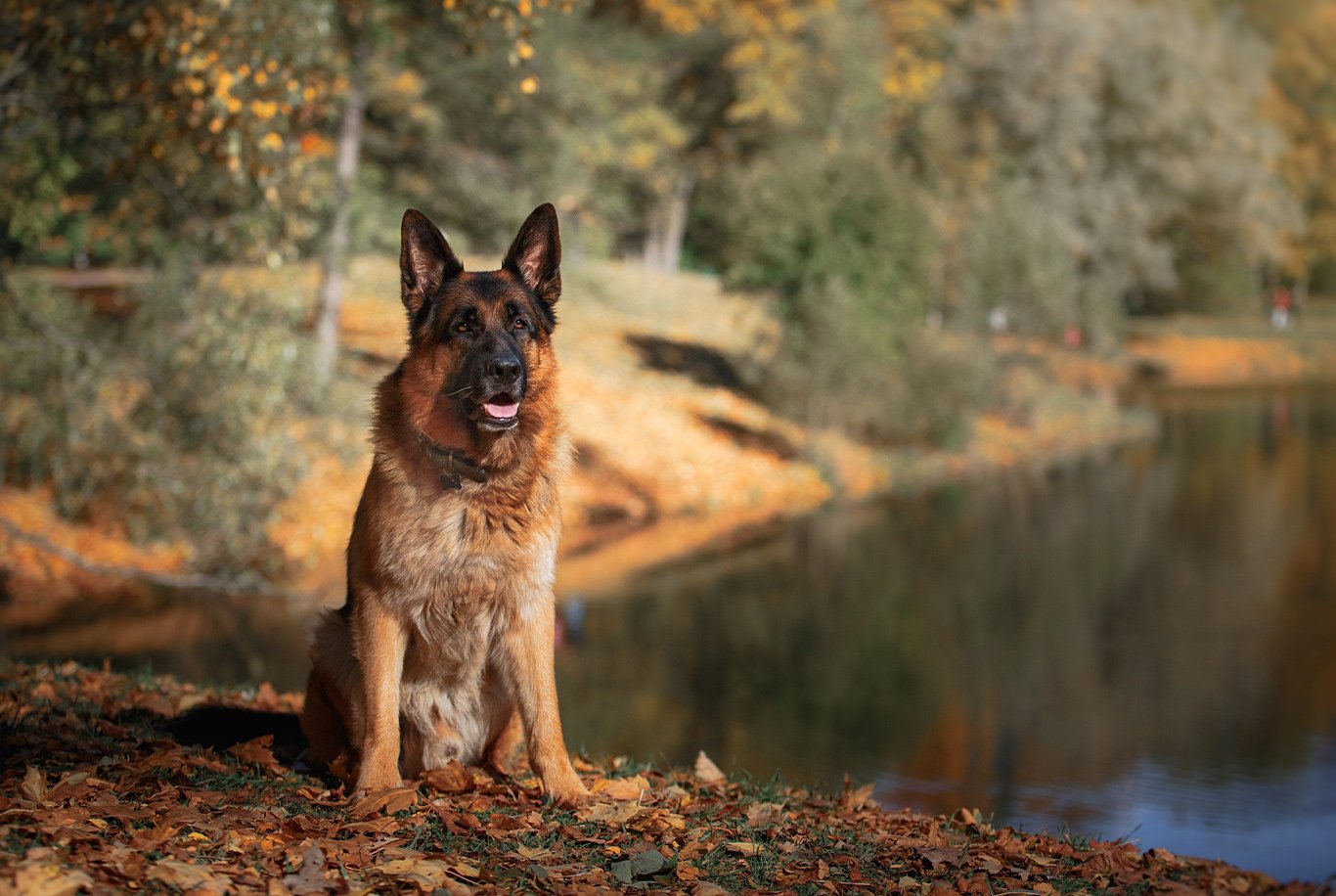
Behaviour
German Shepherd is a breed characterised primarily by its intelligence. This breed is willing to learn and has a strong need to have a purpose. German Shepherd is curious but at the same time cautious of strangers, which makes it perfect for guarding purposes. Loyal and social, can become overprotective of their territory and family, if not socialised correctly as pups. Thanks to its obedience German Shepherd is well suited for skill-learning and many types of training, which makes it an excellent working dog.
Requirements
As a breed developed as a working animal, German Shepherds require a lot of physical stimulation. Since German Shepherds are predisposed to a variety of skeletal disorders, excessive amounts of jumping should be avoided. Proper nutrition is a key component in keeping dogs of this breed in good health.
Daily care
German Shepherd’s dense fur requires brushing at least twice a week or every day during heavy shedding season in spring and autumn. It will help reduce shedding and potential matting of the fur. In warmer months check regularly for fleas and ticks. Just like most dogs, German Shepherd does not need to be bathed more than a few times in a year. Since this breed has a particularly thick coat, drying may take several hours. Remember to never brush your dog’s fur when wet.
Dr Anna Plummer
Vet and blogger



 Country of origin:
Country of origin: FCI group:
FCI group: Temperament:
Temperament: Colors:
Colors: Weight:
Weight: Height:
Height: Life expectancy:
Life expectancy:

